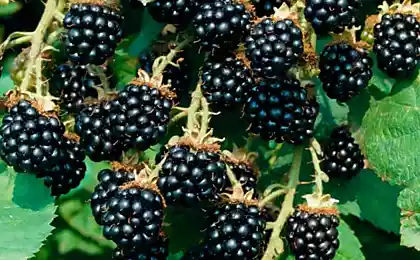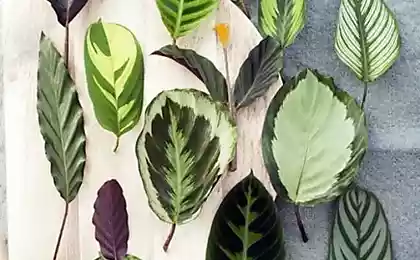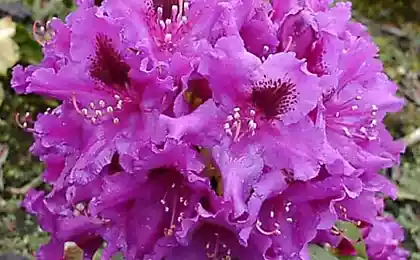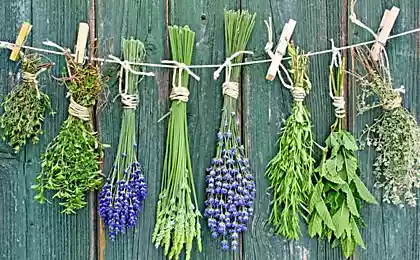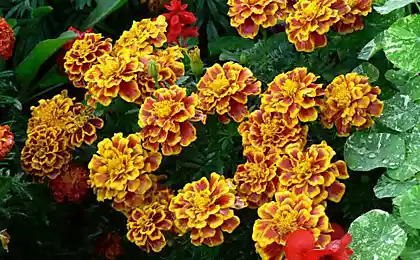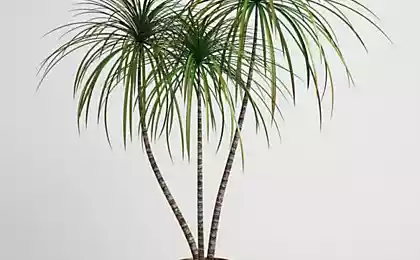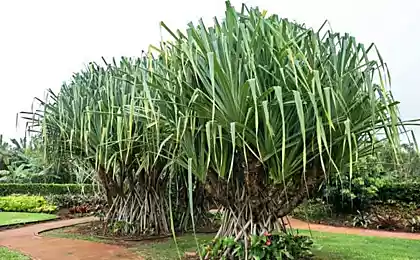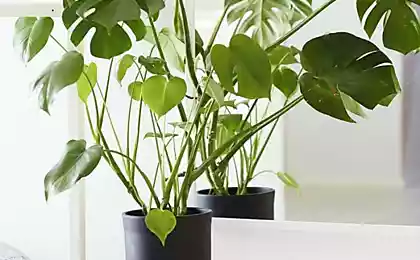453
Living stones
Lithops is not in vain called "living stones". Burchell English botanist, first discovered this plant in 1811, while traveling in the desert areas of Great Karro, one day, he decided to take a break and sat down next to a pile of pebbles.
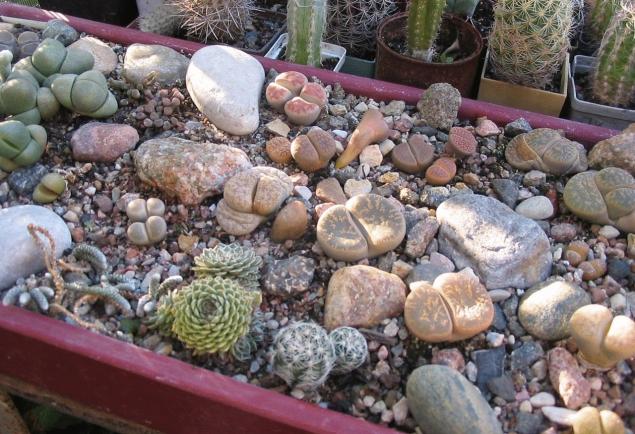
When carefully examined the stones, it was found that among them obnaruzhilos plant, which its appearance, namely, form and figure almost identical with the form of stone pebbles. It was open a lithops turbiniformis.
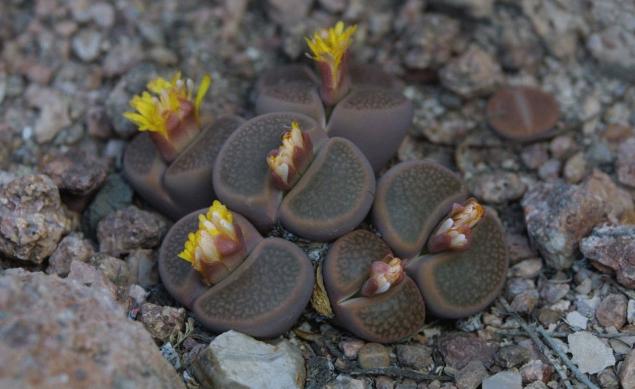
Currently, there are 37 species of this marvelous plant. The plant is brought from sandy and rocky deserts of South Africa. Overhead, the upper part consists of two interlocking thick sheet, separated from each other by shallow cleft. Maximum size up to 5 cm in height and width. The flowers can be white or yellow, very rarely orange, flowering lithops in August, but it happens that blooms before.
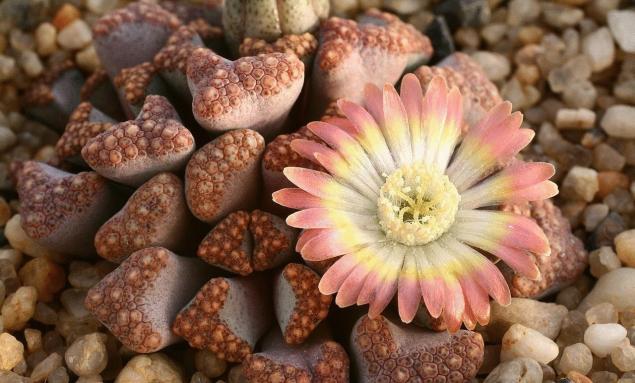
The plant almost all year round living without water, but it has adapted to it. That's why it has such an unusual appearance. In the land plants have a short stem and long taproot, and between the sheets in the autumn there are small like a colorful tassel flowers. The flowers open in the afternoon of the day and closed at sunset, and by the end of the life of the flower is not close at all.
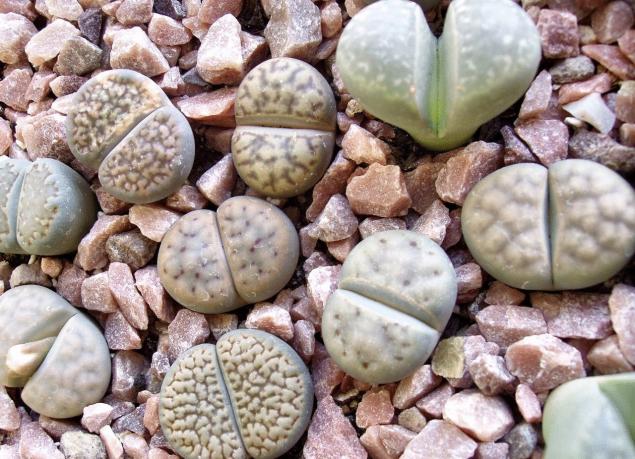
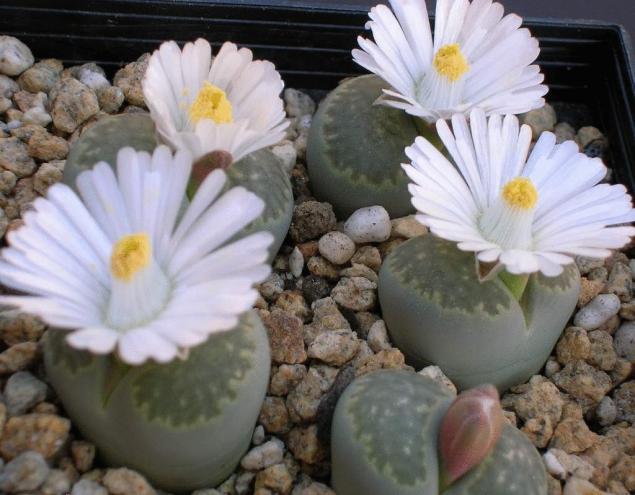
Source: /users/117

When carefully examined the stones, it was found that among them obnaruzhilos plant, which its appearance, namely, form and figure almost identical with the form of stone pebbles. It was open a lithops turbiniformis.

Currently, there are 37 species of this marvelous plant. The plant is brought from sandy and rocky deserts of South Africa. Overhead, the upper part consists of two interlocking thick sheet, separated from each other by shallow cleft. Maximum size up to 5 cm in height and width. The flowers can be white or yellow, very rarely orange, flowering lithops in August, but it happens that blooms before.

The plant almost all year round living without water, but it has adapted to it. That's why it has such an unusual appearance. In the land plants have a short stem and long taproot, and between the sheets in the autumn there are small like a colorful tassel flowers. The flowers open in the afternoon of the day and closed at sunset, and by the end of the life of the flower is not close at all.


Source: /users/117

